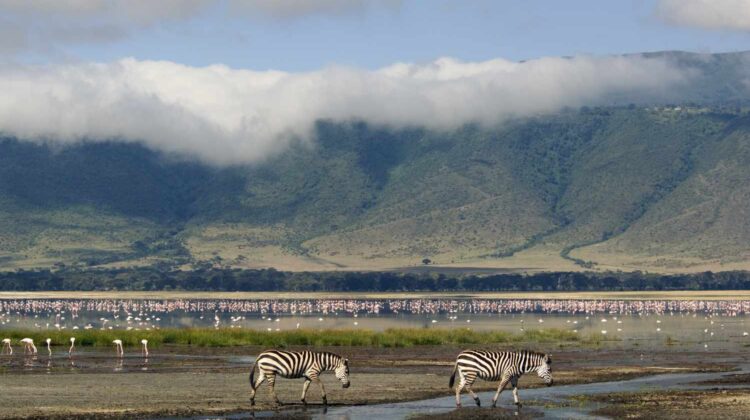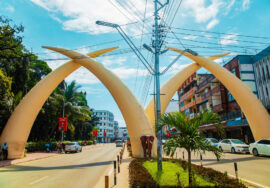
Ngorongoro CONSERVATION AREA
Ngorongoro Conservation Area
Location
The Ngorongoro Conservation Area is located in the Ngorongoro district, west of the town of Arusha in northern Tanzania.
Size
The size of the Ngorongoro Conservation Area is 3,202 square miles, which includes the 102 square mile Ngorongoro Crater.
History
The Ngorongoro Conservation Area was established in 1959, although the giant volcanic Ngorongoro Crater is believed to have formed approximately 2.5 million years ago. The conservation area is home to a wide range of wildlife, including the coveted “Big Five.”
Entrance Fees & Permits
Entry into the Ngorongoro Crater is USD 70 per person in the high season and USD 60 per person in the low season. Vehicle permits are USD 40 per vehicle and are valid for a 24-hour period.
Hours of Operation
The Ngorongoro Conservation Area is open daily from 6am to 6pm.
How to Get There
By Road
Arusha is the nearest town, approximately 110 miles away—a two-hour drive through the town of Karatu. Visitors enter through the Lodare Gate close to Karatu. Safari-goers in the Serengeti can access the Ngorongoro Conservation Area through the Naabi Hill Gate, travelling on gravel roads that offer exciting wildlife viewing opportunities along the way.
By Air
The nearest airports are Arusha International Airport and Kilimanjaro International Airport. From there, guests transfer by road to the conservation area. Chartered flights are also available to an airstrip located at the rim of the Ngorongoro Crater.
Best Time to Visit
Weather & Climate
The Ngorongoro Conservation Area enjoys a mild climate. Short rains fall in October and November, while heavier rains occur from March to May. Temperatures in the crater are generally mild during the day and cooler at night. The dry months of July and August offer the best game viewing opportunities.
Avoiding Crowds
To avoid the high number of vehicles in the crater during peak season (June to August), consider visiting in September or early October, just before the short rains. During these months, the climate is still dry, and there is better availability at lodges and camps.
Value for Money
Lodging options range from USD 300 to USD 1,000 per person sharing. While a few prestigious accommodations are located on the crater rim, more affordable options can be found further away. Day trips from moderately priced lodges offer excellent access to the crater and surrounding conservation area.
Wildlife and Landscape
Popular Wildlife Sightings
The Ngorongoro Conservation Area hosts a diverse array of wildlife, including over 500 bird species. Lake Magadi is famous for its pink flamingos, while the wildebeest migration reaches the area during the calving season between December and March.
The Terrain
The terrain is a mix of grasslands, open savannas, and woodlands, especially near the forested banks of the crater. Popular protected areas within the Ngorongoro Conservation Area include the Serengeti National Park and the Great Rift Valley.
Safari Experiences
Game Drives
Experience the wildlife of the Ngorongoro Conservation Area with exciting game drives in open or enclosed 4×4 vehicles.
Guided Walking Safaris
Walking safaris led by qualified guides offer immersive experiences of varying lengths. Longer treks take guests through the dramatic landscapes of the Great Rift Valley and Olkarrien Gorge.
Plan your Ngorongoro safari adventure with Adventure In The Wild Safaris and explore one of Africa’s most iconic conservation areas.








